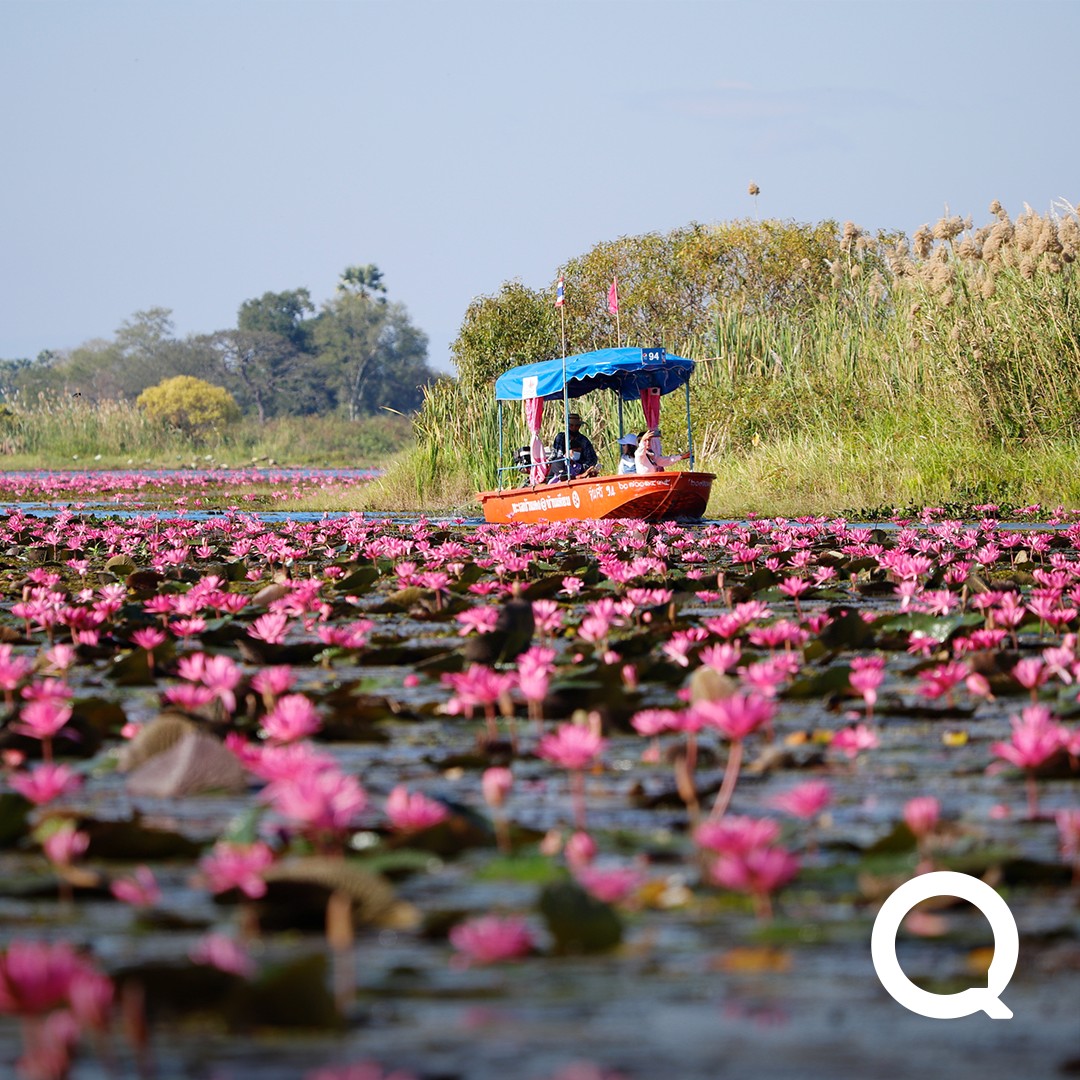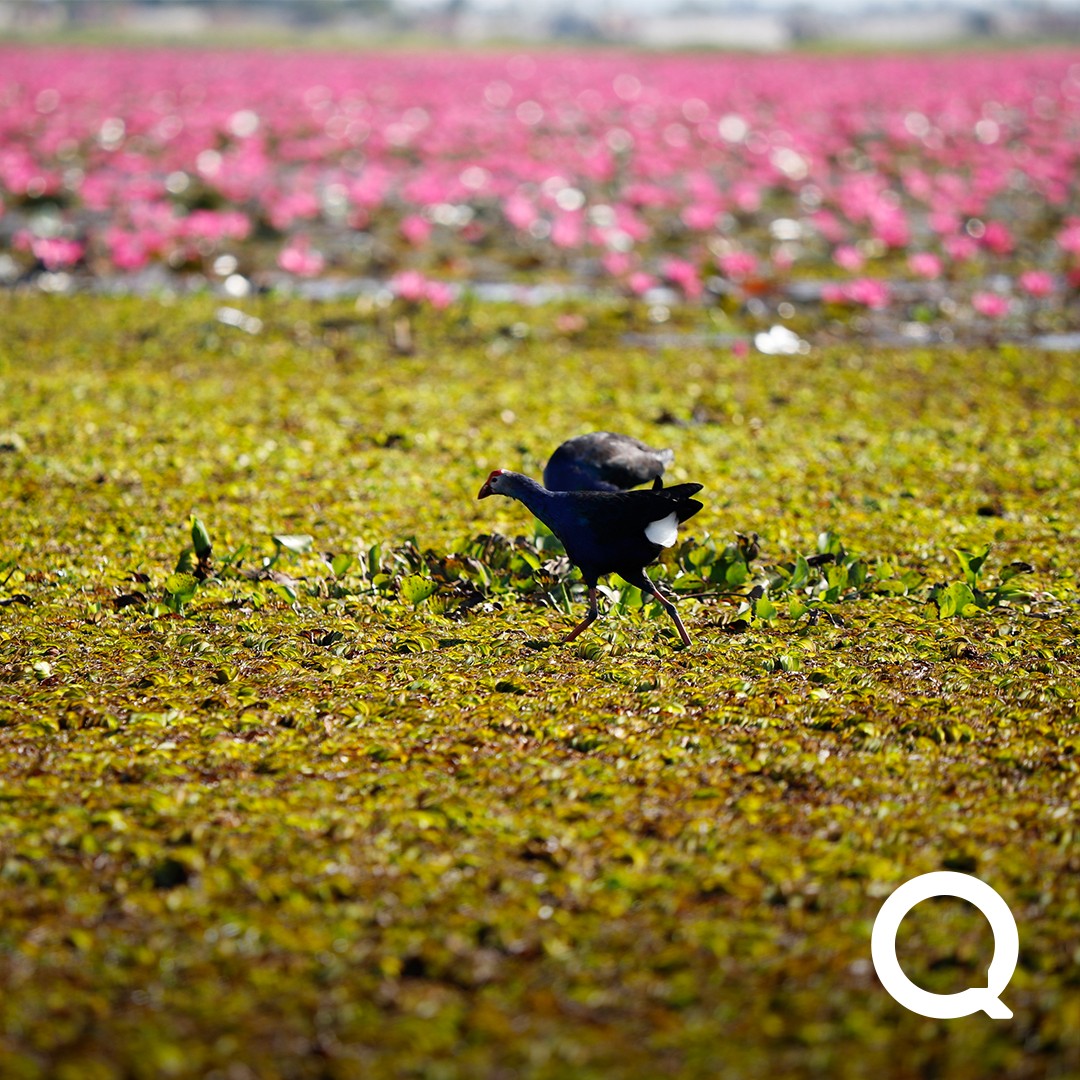Red Lotus Lake: Thailand’s Famous Natural Landmark

Red Lotus Lake: Thailand's Famous Natural Landmark
Many have heard of the Red Lotus Lake in the province of Udon Thani but probably not everyone has seen the natural attraction with their own eyes. The largest natural reservoir in the northeastern part of the country which arose as a result of geological processes is called Nong Han Kumphawapi.

The lake was formed over a long time and the first mention of it is found in ancient chronicles.

Red lotuses are a traditional symbol of Thailand representing purity and enlightenment in Buddhist beliefs. They bloom in freshwater bodies of water with certain conditions, including temperature, lighting, and soil composition. The locals often visit the lake for spiritual reasons.

The reservoir still plays an important role in the life of the local population. The province of Udon Thani has long been an agricultural region of the kingdom and the lake was a source of water for irrigating the fields. Over time local residents noticed the abundance of red lotuses on the lake and began to draw the attention of tourists to this striking natural phenomenon which lasts about 5 months - from October to February. During this period the lake is filled with thousands of blooming lotuses turning it into a canvas of bright red hues.

The reservoir attracts thousands of travelers every year who want to see this unique place and enjoy its beauty. Local authorities and residents do not forget about the preservation and protection of the lake's ecosystem so that it can continue to delight future generations. Visitors can take a boat trip to fully enjoy the beauty of the reservoir as well as take memorable photos. Local boaters offer trips lasting about an hour long.

The reservoir is remarkable not only for lotuses but also for the various animals and birds inhabited here. While exploring the lake there is a great chance to see different types of birds, including herons, cormorants and kingfishers. In addition grazing water buffalo can be found on the banks of Nong Han Kumphawapi.

Author: Zimenkov Grigory


